How to collect money online
- E-checks
- Credit and debit cards
- Mobile payments
- Recurring billing
- Email invoicing
- Cryptocurrency
If you have a new business venture or are collecting donations for a good cause, you need to know all your options for receiving payments — and that includes knowing how to collect money online. Don’t let a lack of knowledge keep your favorite cause or initiative from succeeding — collecting payments and donations online is simpler than you may think.
The primary factors you should evaluate when reviewing payment options are how secure they are and how easy they are to use. Making it easy for your loyal fans, customers, or users to pay means you’ll likely get more purchases or donations, and a secure payment system will help you build trust with your patrons and avoid problems with scams or payment errors.
Check it out…
Collect payments online with processors like Stripe and PayPal. No extra fees paid to Jotform.
Here’s how to collect money online, along with some suggestions for services that can help.
How online money collection works
Online payment collection is a simple process that helps donors or customers transfer funds to you through a secure channel. A digital gateway connects their bank account to yours to facilitate the transaction — it’s that easy.
There are plenty of reasons to go digital these days. More consumers are making purchases online than ever before. One report from Juniper Research estimates that there will be more than 5.4 billion digital wallet users around the world by 2028. In 2023, digital wallet transactions totalled $9 trillion globally, and the market itself was valued at $72.5 billion.
If you’re unfamiliar with how to collect money online, you’ll need to start by shopping around for different online payment providers and apps until you find one that makes sense for you. Some services are better suited to those with less online experience than others.
Look for services that match your needs and you’ll be well on your way to learning how to collect money online.
Why you need a digital payment solution
To collect money quickly and securely, you need a solution that can accept payments instantly through an online link. With one of these solutions, you don’t have to worry about interacting directly with each customer or donor, sharing bank details, and generally opening yourself — and your customers or donors — up to security issues on the internet.
For in-person transactions, online payment options can also help you limit direct physical contact with cash bills and customers. According to Forbes, the biggest driver of digital wallet usage is convenience, which has led to 53 percent of Americans using contactless digital wallets more than traditional payment methods, as well as 51 percent saying they wouldn’t do business with merchants who don’t accept digital wallets.
How your organization can benefit from collecting money online
The biggest benefit of online money collection is the convenience it offers both you and your customers. Digital payments take less effort and are often processed more quickly than physical payment methods.
Online money collection also decreases the need to keep track of cash or checks and ensure they’re kept in a secure location. It also reduces the need for face-to-face interaction with customers, which is especially beneficial for organizations that want to reach customers across the country and potentially the globe.
Challenges when collecting money online
Online payment collection methods often have built-in security measures, but that doesn’t mean they’re immune from fraud and hacking — the total amount stolen from card fraud is expected to reach $165 billion in the next 10 years, according to Forbes. You want your customers to trust that their financial information and personal data are kept safe, and a breach could damage their confidence in you.
Another challenge is ensuring your payment methods comply with different regulations. When choosing your payment collection method, make sure that each system outlines how it will comply with all relevant policies, such as the Payment Card Industry Data Security Standard (PCI DSS).
How to collect money online
If you feel a little anxious about online checkouts, you’re not alone. A clunky online payment process can cause an otherwise satisfied user to abandon a donation or purchase just as they’re about to hit the submit button — so you need to get it right.
When setting up your payment process, it’s imperative that you offer a frictionless checkout. If customers or donors have to deal with unexpected fees, unwelcome extra steps, or an insecure payment processor, they may leave your site without a second thought.
Here are your options to easily and securely collect money online.
E-checks
An electronic check (e-check) is exactly what it sounds like: a digital version of a paper check. To cash an e-check, you — or your organization — need to set up a merchant account with the Automated Clearing House (ACH) network, a government agency that facilitates electronic payments. Once you have your merchant account, you can draw funds directly from the check writer’s bank account.
E-checks don’t require physical contact with the check issuer, so they expand your reach to customers outside of your immediate geographical location. They also reduce paper waste.
On the other hand, e-checks require authorization before the bank will release the funds, which can lead to delays. The person using the check may also have insufficient funds or other issues with their account, preventing completion of the payment.
Credit and debit cards
Credit and debit cards are by now a ubiquitous form of payment for online transactions. To collect payments via card, you need a merchant account and payment gateway, though there are many services that now offer an all-in-one platform. You can also outsource payment collection to a payment service provider (PSP), which transfers funds between you and banks on your behalf.
A major pro of credit and debit cards is that they’re convenient for customers since many have their payment information stored on their browser from previous transactions. Even if they don’t, though, it’s easy to input their information from their physical card.
As common as they are, there are still potential cons associated with cards. You can incur merchant charges when processing transactions, and debit cards have less fraud protection than credit cards, which could lead to chargebacks from disputed transactions.
Mobile payments
Mobile payments offered by services like PayPal, Apple Pay, and Google Pay allow customers to pay for transactions with their mobile devices.
Mobile payments often require customers to verify their intent to make a purchase with their password, fingerprint, or other security measure, minimizing the possibility of fraudulent transactions.
The cons of mobile payments largely lie in the potential instability of relying on technology and third-party services. If you or the payment providers face interruptions to your website’s SSL certificate, payment gateway, or other technical aspects of your platform, you won’t be able to accept or process payments. Third-party payment providers can also change their terms of service at any time, potentially leading to challenges for your organization or customers.
Recurring billing
Recurring billing involves collecting customers’ payment information once and charging them on a regular basis, often monthly.
This method is often beneficial for merchants because recurring billing offers a consistent, reliable stream of income, and customers enjoy the convenience of “setting it and forgetting it.” However, customers are at liberty to pause or cancel their recurring billing at any time and for any reason — even if they’re satisfied with the service you’re providing. This process, known as customer churn, makes it a risky form of revenue.
Email invoicing
While not a dedicated payment method, email invoicing allows you to let customers know how much they need to pay you for the services you’ve provided. You can send an invoice as an attachment in an email, laying out the services rendered and how much the customer owes.
There are many pros to email invoicing. It’s more efficient and eco-friendly than paper invoicing, which requires you to use physical materials such as envelopes and postage and then wait for the invoice to reach the recipient. Email invoicing isn’t subject to postal delays, and it eliminates paper waste and provides an easy way to keep a digital record of your finances.
A con unique to email invoicing is the potential for invoices to end up in customers’ spam folders. Plus, recipients may not trust email invoices since they could view them as phishing attempts, so make sure to use a service for creating invoices that reliably identifies you.
Cryptocurrency
Cryptocurrency is a relatively new form of currency that’s gaining more and more mainstream appeal, so it’s worth offering it as an option to your customers.
One benefit to using cryptocurrency vs other payment methods is that transactions are often processed within minutes of being sent, and they have lower processing fees than banks and credit card companies, if they have them at all.
It’s also worth noting that cryptocurrency transactions can’t be reversed or refunded, which may offer you peace of mind from chargebacks and disputes, but it may also dissuade your consumers from using this option.
Additionally, the value of each kind of cryptocurrency is variable, and since the IRS considers it property, you need to keep track of the value of any cryptocurrency on the day you received it to file taxes, which may be a bigger headache than you want to take on.
How Jotform can be your partner in online money collection
No matter what kinds of online payment you choose to accept, you can customize your payment system to meet your exact needs using the Jotform online form builder. Jotform offers hundreds of form templates, like order forms and donation forms, that you can use to create a seamless shopping or donation experience.
Jotform integrates with a variety of payment gateways, including Stripe, PayPal, and Square, making it easy to add a payment option to your form. It’s also PCI DSS Service Provider Level 1 certified, the highest level of security you can have as a business that collects payments using credit cards. And with Jotform Tables, you can keep track of the data you collect without taking any extra steps. All submission data is automatically sent to the connected table.
Offering an easy way for people to donate or make purchases online can be a great way to aid a worthy cause or encourage shoppers to buy your products. By learning how to collect money online safely and securely, you’ll widen your organization’s reach and increase the potential for higher profits.





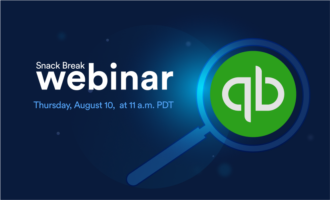





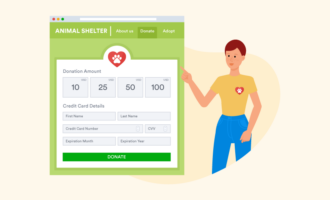
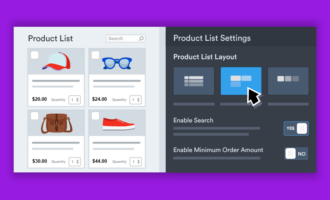




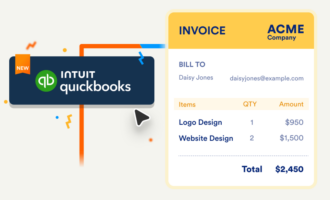







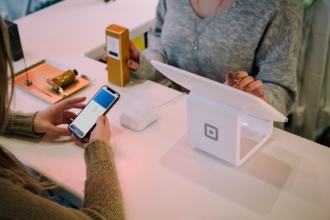
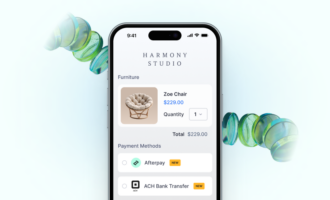


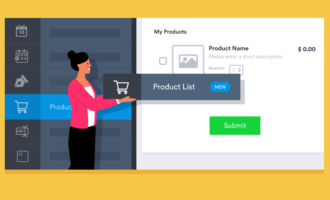
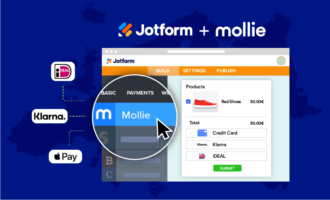


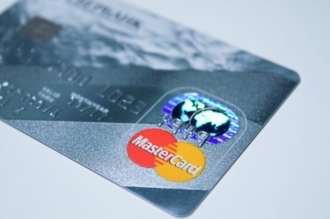
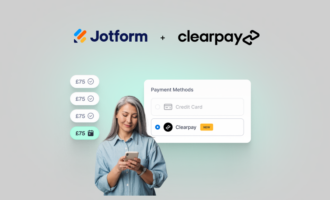
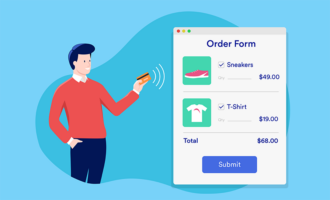

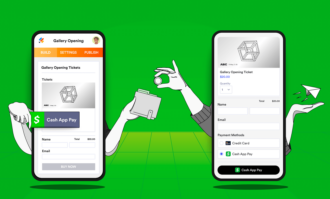
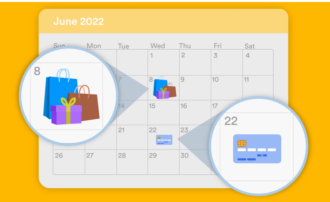
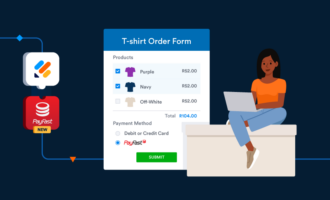

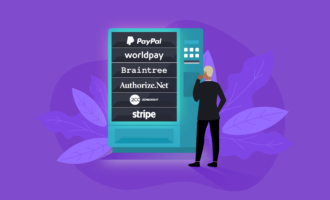
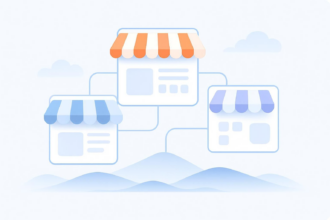

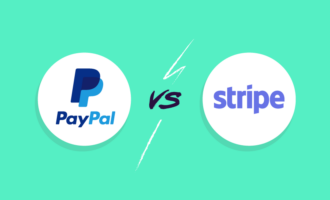




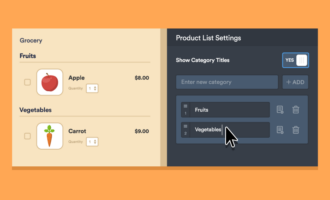
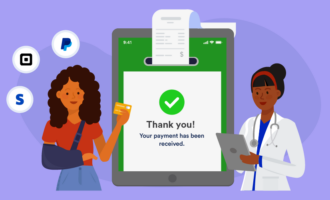


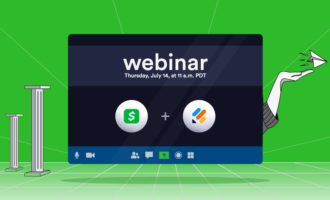





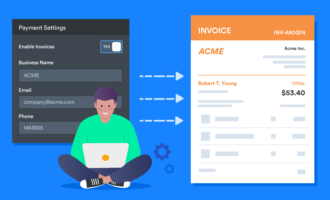



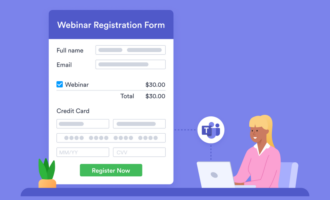
Send Comment:
2 Comments:
More than a year ago
Thank you very much for the info!
More than a year ago
Nice